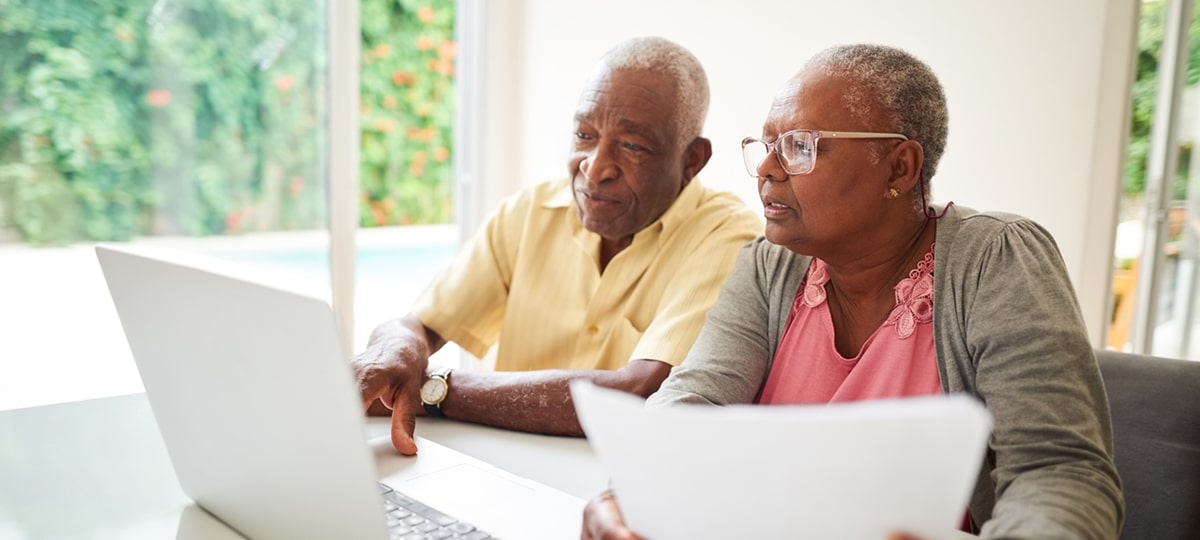Nobody wants to dwell on emergencies, but effective management hinges on careful planning. Understanding the potential natural disasters that could affect your area and devising a solid plan is the key to safeguarding yourself and your loved ones. Some of the most common natural disasters include wildfires, hurricanes, and tornadoes.
Understanding the Seasonal Risks
Before delving into preparation, it’s vital to be aware of the specific risks associated with your location. The occurrence of natural disasters varies throughout the year and across regions. For instance:
- Eastern Pacific Hurricane Season: May 15 to November 30.
- Atlantic Hurricane Season: June 1 to November 30.
- Central Pacific Hurricane Season: June 1 to November 30.
- Tornadoes are more prevalent in the Midwest and Southeast regions of the U.S., posing a threat year-round.
- Wildfires, characterized by unplanned fires in natural areas like forests and grasslands, can erupt unexpectedly.
Being Prepared for Your Region
It’s crucial to note that hurricanes are not solely coastal concerns. Take the time to research and understand the potential risks in your area. Enroll in national and community weather alerts to stay informed about any impending disasters.
Recognizing tornado indicators, such as funnel-shaped clouds or the unmistakable roar reminiscent of freight trains, is pivotal for your safety. Keep a vigilant eye on local weather updates and make sure to register for alerts.
When it comes to wildfires, don’t rely solely on weather alerts. Incorporate air-quality notifications into your preparations as well.
Crafting an Emergency Plan
An emergency plan is your lifeline during crises. Involve your family or household in its creation. Ensure that everyone comprehends evacuation procedures. Should you need to evacuate, refrain from returning home until authorities declare it safe. The Federal Emergency Management Agency (FEMA) recommends starting with some simple steps to prepare, which include:
- Build an emergency supply kit (see recommendations below).
- Make a family communication plan.
- Know the evacuation routes you need to leave your home.
- Locate your local emergency shelters.
- Closely watch/listen to weather reports – every hour as the storm nears.
- Put fuel in all vehicles and withdraw some cash from the bank. Gas stations and ATMs may be closed after a storm.
- If authorities ask you to leave, do so quickly
Assembling Your Emergency Go-Bag
An emergency go-bag, thoughtfully prepared, can be a lifesaver. The Federal Emergency Management Agency (FEMA) suggests including these items, among others, in airtight bags stored within a larger bag:
- Cell phone, charger, backup battery or solar charger
- Personal hygiene items: masks, soap, hand sanitizer, disinfecting wipes
- Updated emergency contacts list, medical professionals’ numbers, and vet details
- Waterproof container with essential documents: IDs, insurance policies, banking records
- Medical necessities: hearing aids, eyeglasses, medications, first aid supplies
- Water and sustenance: 1 gallon per person/pet, energy bars, pet food
- Communication tools: radio (solar or battery-powered), NOAA Weather Radio
- Cash or pre-paid cards, whistle, sanitation supplies, survival blanket
Medical Alert’s Emergency Preparedness: Important Information about Your Medical Alert Equipment
At Medical Alert, your safety and that of your loved ones take precedence. In the face of unpredictability, such as natural disasters, it’s important to know what to do with your medical alert system.
If you need to evacuate from your home:
- Take your Medical Alert pendant and your in-home communicator (if you have one) with you if you are able. If you have a mobile device, remember to take your charging pad.
- If you plug your Medical Alert in-home communicator in a temporary location, call our Customer Service team at the number listed on your in-home communicator. Let us know where you are located and how long you expect to be there. If you have a mobile pendant, it will work outside of your home as long as it is charged and is in a place with adequate cellular network coverage.
If you evacuate, when you get home you should:
- Place a test call by pressing your pendant or the button on your in-home communicator when you return home.
- If your Medical Alert equipment was damaged in the storm, please contact us immediately upon your return home so that we can get new equipment shipped to you as soon as possible.
If you are not evacuating and you lose power:
- If you lose power, your medical alert system will work for a limited time off of a backup battery.
- If your in-home communicator relies on a landline connection to send a help signal, your in-home communicator will not function if your phone service goes down.
- When your power is restored, please test your system immediately to ensure it is working properly.
If you cannot successfully complete a help call, contact our Customer Service team as soon as possible so that we can assist you.
Tailoring Preparedness to Older Adults
Planning for your unique needs and those of your loved ones can make a significant difference in the outcome of an emergency. Ensure that you have enough supplies on hand to survive at least three days if a disaster strikes. For older adults, it’s also wise to clearly label items like walkers, wheelchairs, and other assistive devices with your name and phone number, making them easier to identify and retrieve during a crisis.
By dedicating time to thoughtful preparation and staying informed, you empower yourself and those around you to face adversity head-on, increasing the likelihood of a safer outcome.




